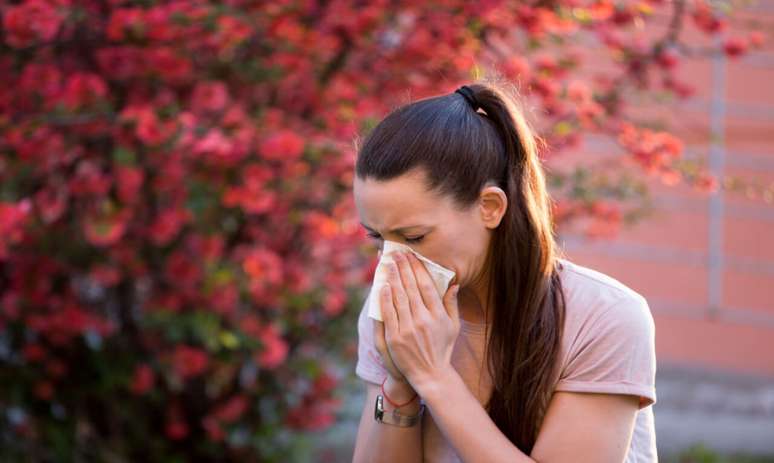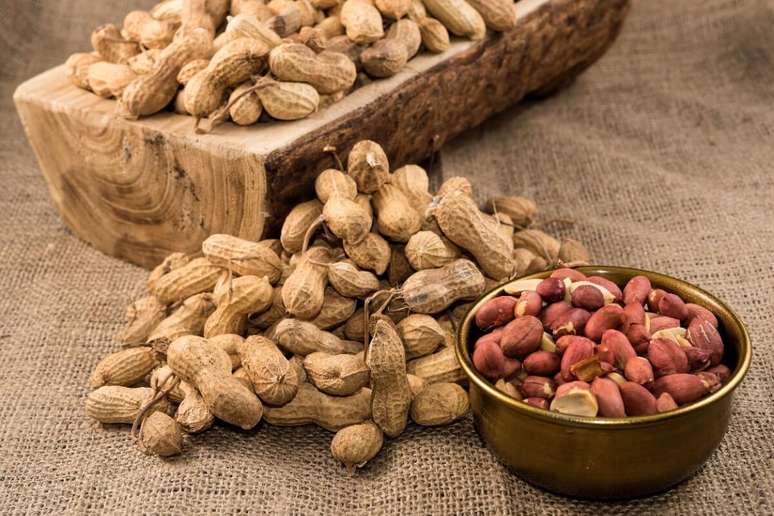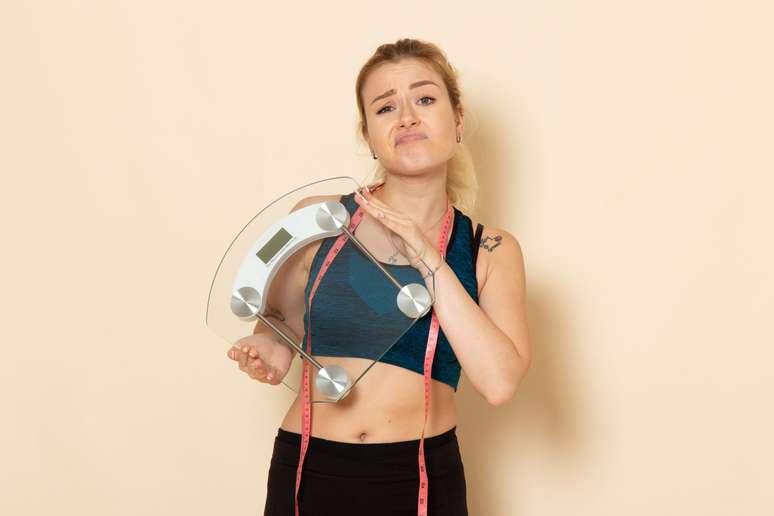Flower season also tends to be allergy season. Find out how to prevent spring diseases
Spring arrived at the end of September bringing flowers, colors, scents and… allergies. They are not exclusive to the season, but may become more frequent at this time of year due to the characteristics of the climate. It’s common, for example, for people to develop pollen allergies at this time of year.
Typical symptoms such as a runny nose, itchy nose and eyes, itchy skin and sneezing can lead to an allergy diagnosis. According to pediatric infectious disease specialist Dr. Cristiana Meirelles of Beep Saúde, nasal sprays with corticosteroids, antihistamines and decongestants help relieve discomfort.
Furthermore, it is important to know what the causes of the disease are. “What many don’t know is that there are countless tests to know exactly what the allergy has developed,” says the doctor. According to her, depending on the symptoms presented, the doctor in charge will know which one to request.
The specific blood test for immunoglobulin E (IgE), for example, is a powerful diagnostic tool for allergies. It measures the concentration of specific IgE antibodies in the blood and can test hundreds of allergens such as pollen, mold, fungi, food, dust and animal hair”, explains the infectious disease specialist.
Most common diseases in spring
According to Dr. Camila Sacchelli Ramos, biologist and professor of infectious and parasitic diseases at the Universidade Presbiteriana Mackenzie (UPM), respiratory diseases linked to allergies, some viruses and bacterial infections are among the most common spring illnesses.
“Rhinitis, which causes a runny nose and frequent sneezing, and sinusitis, with congestion and possibly headache due to the buildup of secretions in the sinuses, can manifest with symptoms common in allergic people,” he says. According to the professional, there are epidemiological studies that also observe an increase in the incidence of chickenpox, measles and conjunctivitis.
What increases the incidence of allergies and other diseases?
The expert explains that environmental characteristics are associated with an increase in allergies and other diseases. Clarifies the main factors:
Temperature
Temperature variations, with cold days in the morning and evening and more intense heat at midday, generally with low humidity, can cause irritation to the mucous membranes, which respond by increasing mucus secretion and activating the cells of the immune system.
“This could explain the symptoms of runny nose, congestion, and even increased risk of respiratory infections, as mucus retained in the sinuses can facilitate colonization and infection by other microorganisms,” he explains.
Fiore station
Low humidity and the dispersion of pollen by plants also explain part of these allergic and respiratory symptoms, since the air we breathe is full of particles that can induce a hypersensitivity immune response, such as rhinitis or asthma.
Conditions favorable to environmental contamination by viruses and bacteria
According to Camila, some pathogens remain stable longer in mild temperature conditions such as spring.
Hay fever
Pollen allergy is also known as hay fever and causes sneezing, itchy eyes and red eyes, as well as stuffy nose and sore throat – old acquaintances of rhinitis sufferers.
This is because, according to Dr. Renata Moura Barizon, otolaryngologist and coordinator of the otolaryngology department of the Fluminense Medical Association, hay fever is nothing more than allergic rhinitis.
“Hay fever is a specific type of rhinitis as it is linked to pollen allergy, so we often see it in spring. The symptoms are sneezing, runny nose, nasal congestion, itchy eyes and throat. In other words, they are the symptoms of even allergic rhinitis”, he explains.
According to the doctor, treatment begins with identification through an allergy test carried out by the allergist and identifying pollen as the cause. “In addition to anti-allergy treatments, the ideal is not to expose yourself to the wind during this period and to close the windows to prevent pollen from entering the house”, she specifies.
Prevention
According to Renata, this time of year is important:
- Provide medical follow-up;
- Avoid going to places with many flowers and which are in “pollination time”, such as morning walks;
- Make correct use of the medications recommended by your doctor;
- Consider getting vaccinated to help your immune system.
Dr. Camila Sacchelli also recommends frequent hand hygiene, ventilating indoor environments, removing dust from the house with a vacuum cleaner instead of a broom (which raises dust), wearing suitable clothing to avoid exposure in the cold or even overheating during the middle of the day. the day. “For allergy sufferers, I recommend keeping your nostrils and sinuses always clean and free of secretions to avoid secondary infections,” she advises.
Source: Terra
Ben Stock is a lifestyle journalist and author at Gossipify. He writes about topics such as health, wellness, travel, food and home decor. He provides practical advice and inspiration to improve well-being, keeps readers up to date with latest lifestyle news and trends, known for his engaging writing style, in-depth analysis and unique perspectives.








